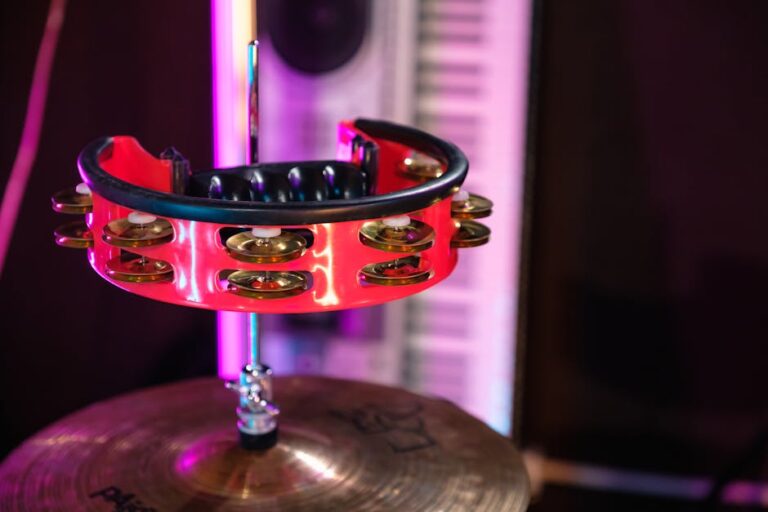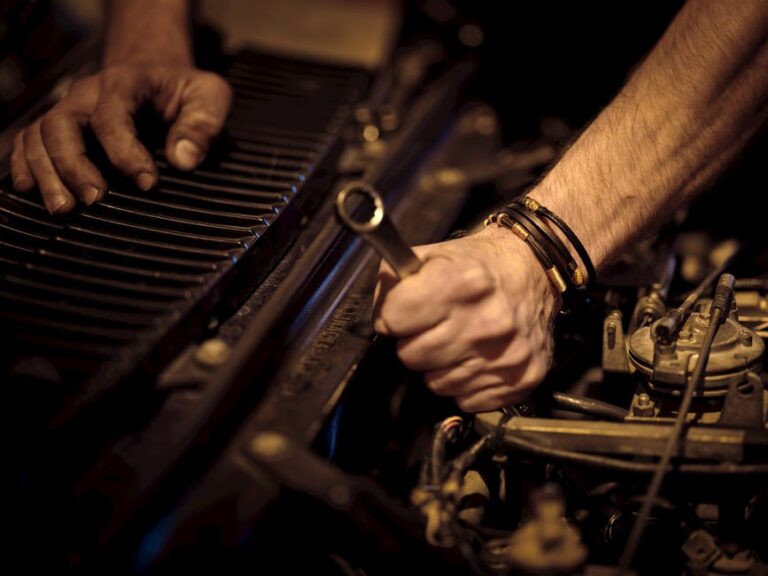Table of Contents
Cultural resource management, or CRM as many folks call it, is a big deal. It’s about looking after old places and things. These spots; like where people used to live or cool old buildings; tell us a lot. They show us how people lived long ago. Protecting them is important for everyone.
This work helps us keep parts of our past safe. It means checking out land before new roads or buildings go up. What’s interesting is; these old things aren’t just rocks or dirt. They connect us to stories. And knowing those stories is good. It just helps us understand things better.
The whole idea of CRM kind of grew over time. People started to realize that digging up old sites without care was a problem. A lot of history was getting lost. So, rules came in, slowly, to make sure folks didn’t just smash through old burial grounds or forgotten towns.
Laws were made, like the National Historic Preservation Act in the U.S. That one said if federal money or permits are involved, you gotta check for old stuff. It forces people to think first. If a site is found, they can’t just ignore it. That seems right, I guess.
What Cultural Resource Management Actually Is
Basically, CRM is the job of managing parts of human history. It means finding old sites; digging them up carefully; or just making sure they aren’t destroyed. This work happens when big projects are planned; like new housing developments or pipelines. It’s not always easy, finding things.
When a company wants to build something new, they often hire archaeologists. These archaeologists go out and look for signs of old human activity. Sometimes it’s just a few pottery bits. Other times, they find whole villages. It just depends on the spot.
If they find something important, there are choices to make. Maybe the project changes its path. Or, they might dig up the site completely. They save what they can. It’s about balancing new building needs with keeping old stuff safe. This balance is super hard.
Why We Even Bother With This Work
Some people might wonder why we bother with old broken pots. Well, old stuff teaches us. It shows how people lived; what they ate; what tools they used. It’s like a huge history book, but not made of paper. We can learn a lot from it.
It also means that future generations can see this stuff. Imagine if all the cool old places were just gone. That’d be a shame, wouldn’t it? So, CRM is about keeping that chance alive for kids way down the line. It’s a long-term thing.
Plus, some of these places are very special to certain groups of people. Native American tribes, for example, have many sacred sites. CRM tries to work with them. It helps make sure those important places stay respected. And that’s a decent goal.
Who Does This Kind of Work
Lots of different kinds of people do CRM. You have archaeologists; they’re the ones who dig. Then there are historians who research old documents. Architectural historians look at old buildings. All these people work together. It’s a team thing, usually.
Consulting firms often get hired to do the actual fieldwork. They send their crews out to project sites. They do the surveys; they do the digging. These firms work with the government and private companies. It’s a whole industry, really.
Government agencies also have their own CRM folks. State Historic Preservation Offices, for example, review projects. They make sure the rules are followed. Federal agencies like the Forest Service also have archaeologists on staff. They guard public lands.
Steps in the Process
So, how does it all go down? First, someone plans a project. Then, they have to figure out if there’s any old stuff around. That’s called a survey. People walk the land; they might dig small test pits. They just try to find things.
If they find something, then it gets more serious. They might do more digging, a bigger excavation. They take notes; they draw maps. They record everything they find. It’s like being a detective; putting pieces together. It’s quite detailed.
After the digging, all the artifacts get cleaned and studied back in a lab. They write big reports about what they found. These reports are important. They tell everyone what was there and why it mattered. Then they usually store the stuff somewhere.
New Challenges in 2025
Even in 2025, CRM faces some tough new problems. Climate change is one. Rising sea levels can wipe out coastal sites. More intense storms can hurt old buildings. It’s like nature is fighting against keeping history safe. That’s a big worry.
Also, new tech can be both good and bad. Drones help find sites faster. But what about all the data collected? Keeping it safe and useful is a big job. And managing all that digital information can be tough for smaller groups.
Money is always a problem. There’s never enough cash for all the old sites that need care. Getting funding for digs or long-term storage is hard. It means tough choices often get made. And sometimes, important things just get left behind.
Community Involvement Matters More Now
It’s becoming super important to get local communities involved. People who live near these sites often know a lot. They have family stories; they know the history of the land. Their input can make the work much better.
Working with Native American tribes is especially key now. Many projects are on their traditional lands. Their views and beliefs about old sites must be heard. It’s about respecting their heritage. That wasn’t always done well before.
This means CRM isn’t just about digging. It’s about talking to people. It’s about building relationships. Making sure everyone feels like they have a say. That’s how you really protect cultural things. It’s a shared effort.
Why This Work Still Makes Sense
Some might say; “Why spend all this money on old dirt?” But it’s not just dirt. It’s about identity. It’s about learning from past mistakes. And it’s about understanding who we are now. History shapes us; you know?
Knowing our past helps us see where we’re going. It’s like looking at an old map to find your way today. These cultural spots are lessons. They teach us about human creativity; struggle; and endurance. And that’s a good thing.
I believe this work keeps culture alive. It doesn’t just put artifacts in a museum. It helps connect us to our roots. And in a fast-changing world, that connection feels pretty important. It just gives us some ground.
Looking Ahead for Cultural Resource Management
The future of CRM is going to be interesting. More focus will be on working with communities. It won’t just be experts making all the calls. Locals will have a bigger voice. That shift is a positive one, I think.
Also, using new tools will just keep growing. Things like laser scanning or virtual reality could change how we record sites. Imagine walking through an ancient village on your computer. That could be pretty cool.
But the main goal stays the same: protecting the past. CRM needs to be flexible. It has to adapt to new challenges. But the core idea of looking after old stuff for everyone, that stays. It’s a job that won’t ever go away.
New Technologies and Old Stories
Drones flying over sites; ground-penetrating radar finding things underground. These are big changes. They make finding sites faster. They help us see things we couldn’t before. It’s like having X-ray vision for the land.
But even with all the tech, the stories are still the main point. The old tools or buildings; they’re just pieces of a bigger story. The tech helps us find those pieces. But people still have to figure out what they mean.
So, CRM is always a mix. Old ways of digging; new ways of scanning. It’s about using what works best. To save what’s important. It’s not about being super fancy. It’s about being effective.
What if We Didn’t Do CRM?
If we just stopped doing CRM, a lot of old stuff would vanish. Roads would cut through ancient burial grounds. New buildings would sit on top of forgotten towns. We’d lose so much. That would be a huge loss.
It would be like ripping pages out of history books. Without CRM, our understanding of the past would get super thin. We’d just forget things. And forgetting is not good when it comes to who we are.
So, while it costs money and takes time, CRM is a must. It’s not a luxury. It’s like keeping the lights on for history. It makes sure we can always look back and learn. And that’s pretty valuable.
Key Takeaways:
CRM protects old places and items; it’s about understanding human history.
Laws make sure that when land is developed; cultural resources are considered.
Archaeologists; historians; and many others work together on CRM projects.
The process involves surveys; digging; studying finds; and writing reports.
New challenges like climate change and tech impact how CRM is done.
Getting local communities and tribes involved is super important now.
CRM helps connect us to our past; understanding who we are today.
Frequently Asked Questions:
1. What sort of things do CRM people actually find: Old pottery pieces; stone tools; building foundations; burial sites; or even old trash pits.
2. Can anyone just go dig up an old site: No; definitely not; it’s against the law without special permits and training.
3. How long does a CRM survey usually take: It depends on the project size; it could be a few days for a small spot; or months for a big area.
4. Do CRM projects ever stop new buildings: Sometimes; if a site is super important; project plans might change direction; or the site is studied fully before building.
5. Where do all the found artifacts go: Most go to museums; university labs; or special storage places; they are carefully cataloged and preserved for study.












